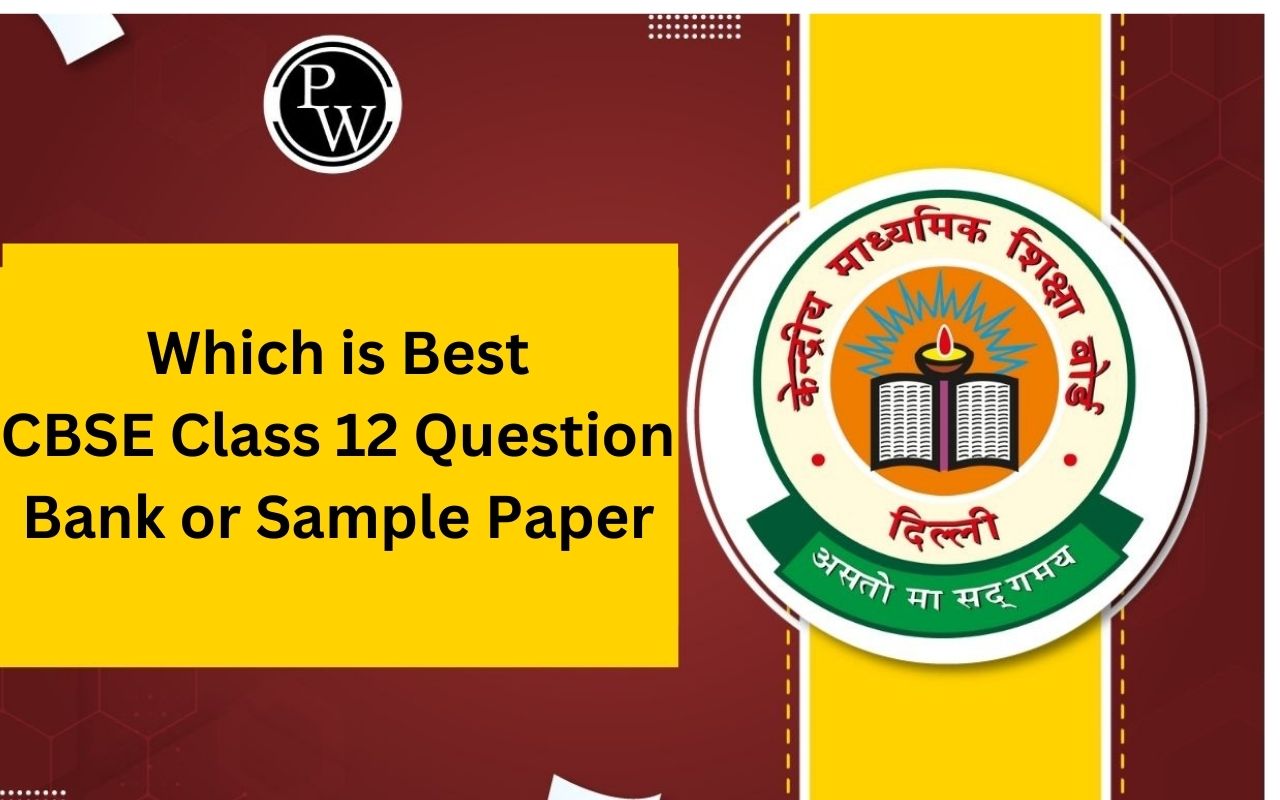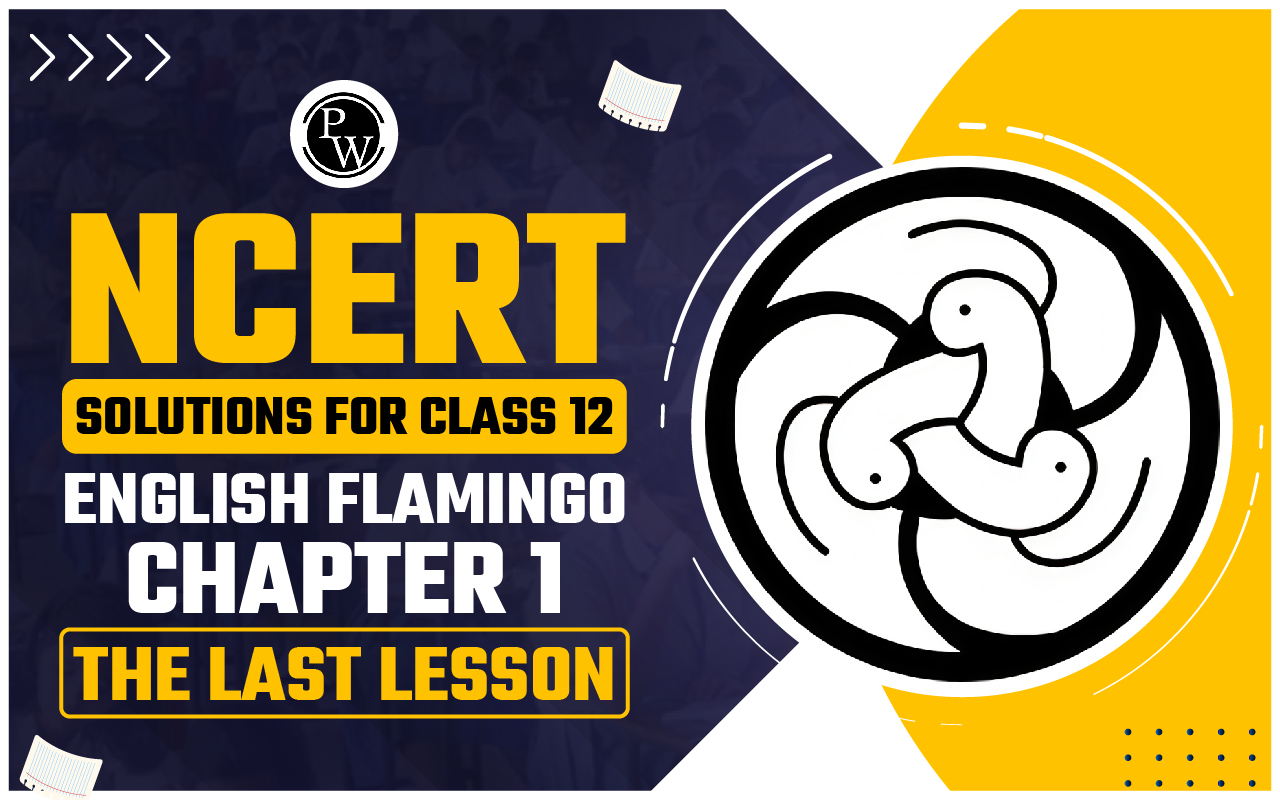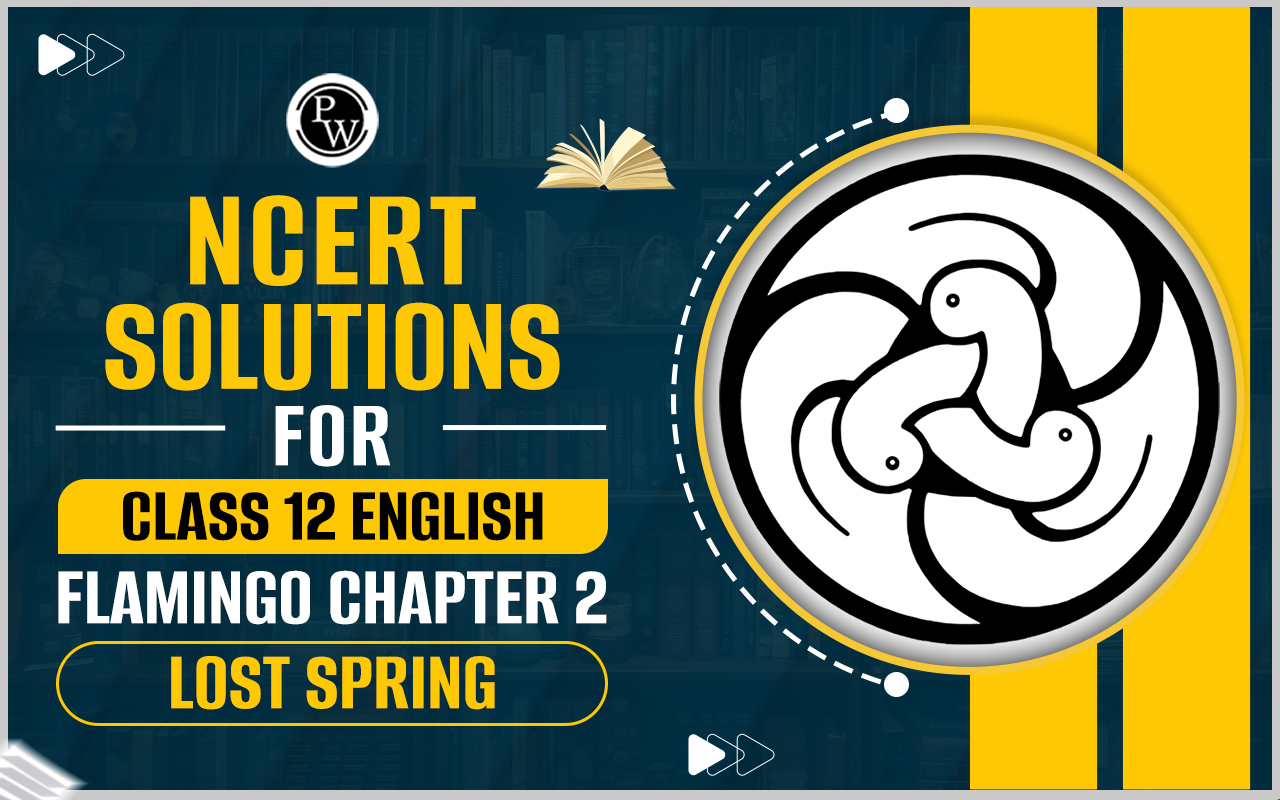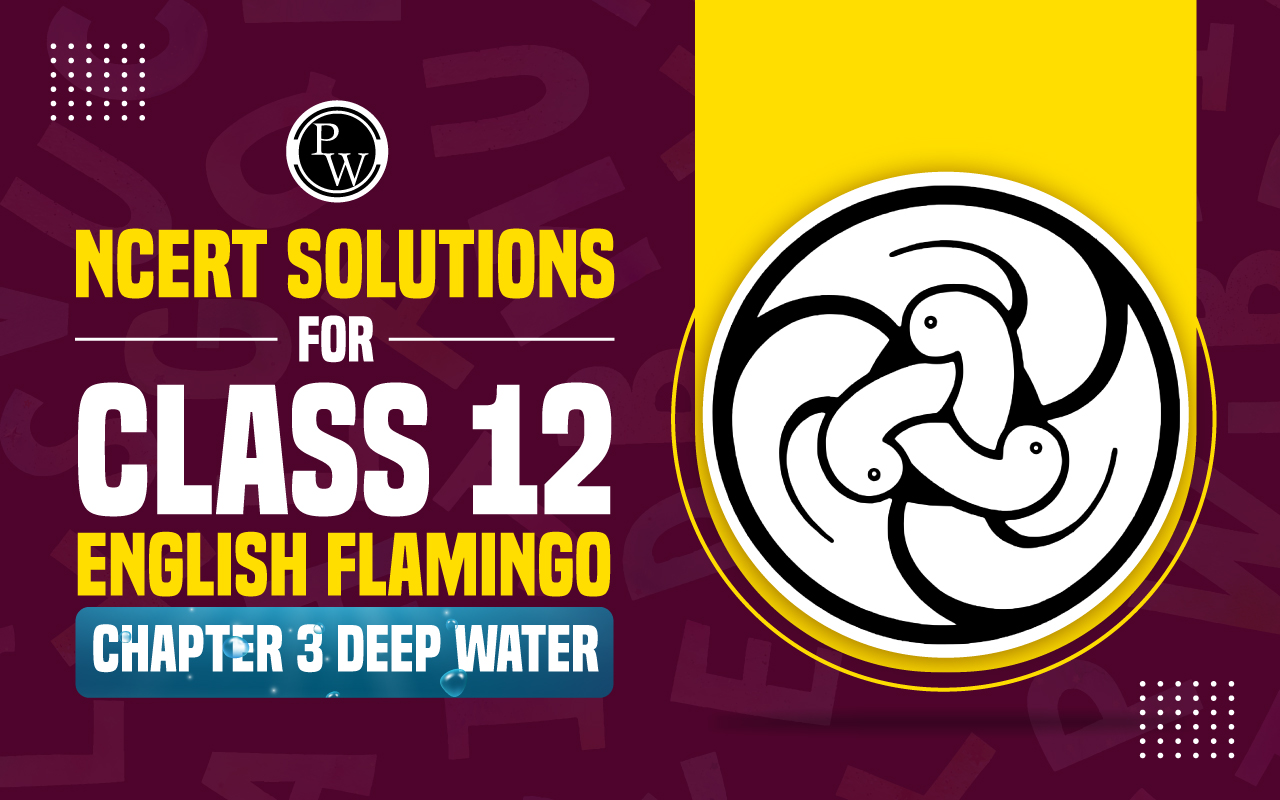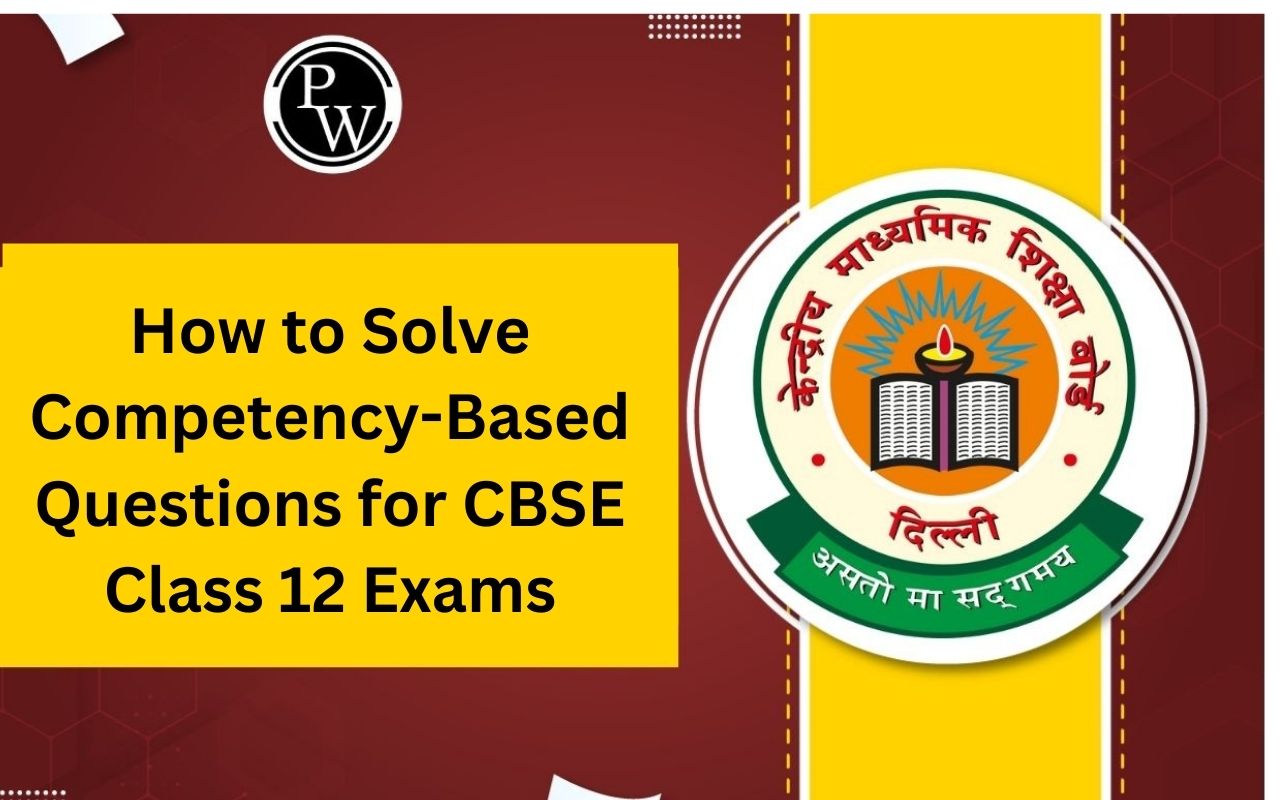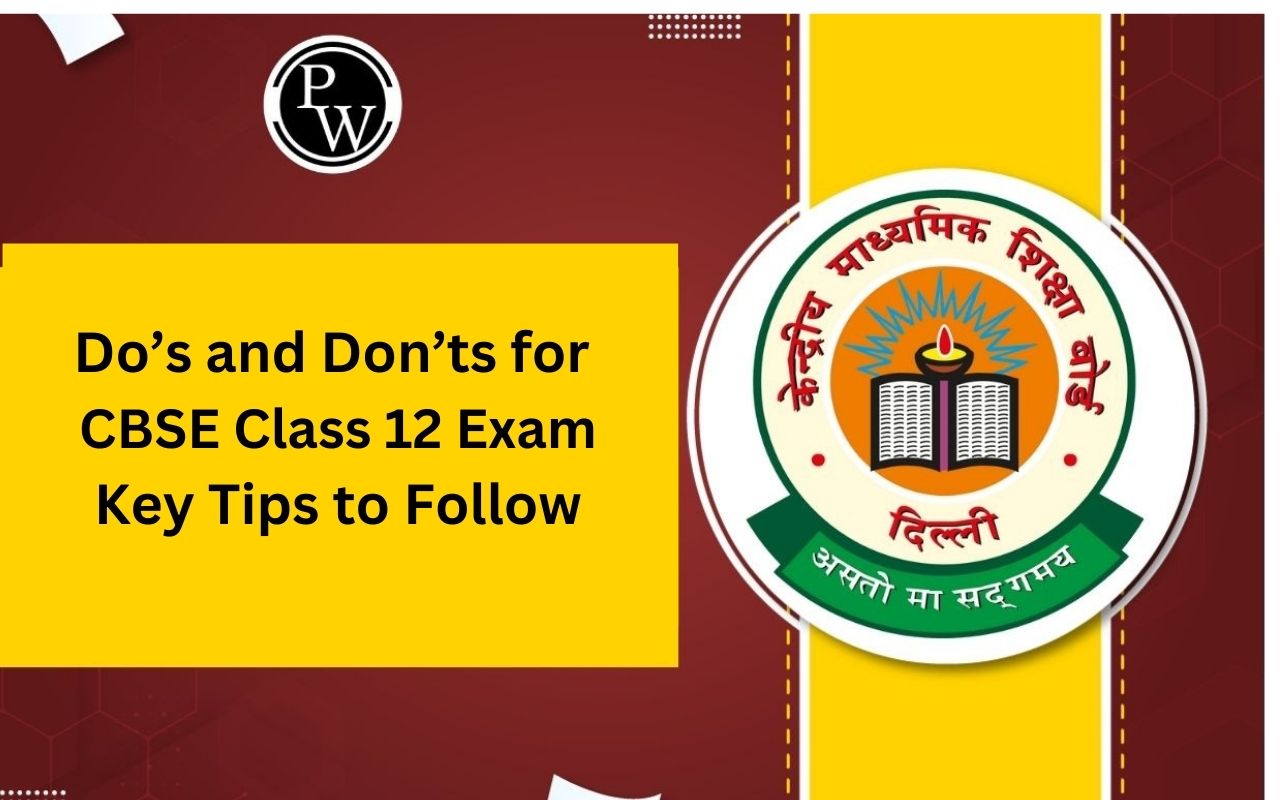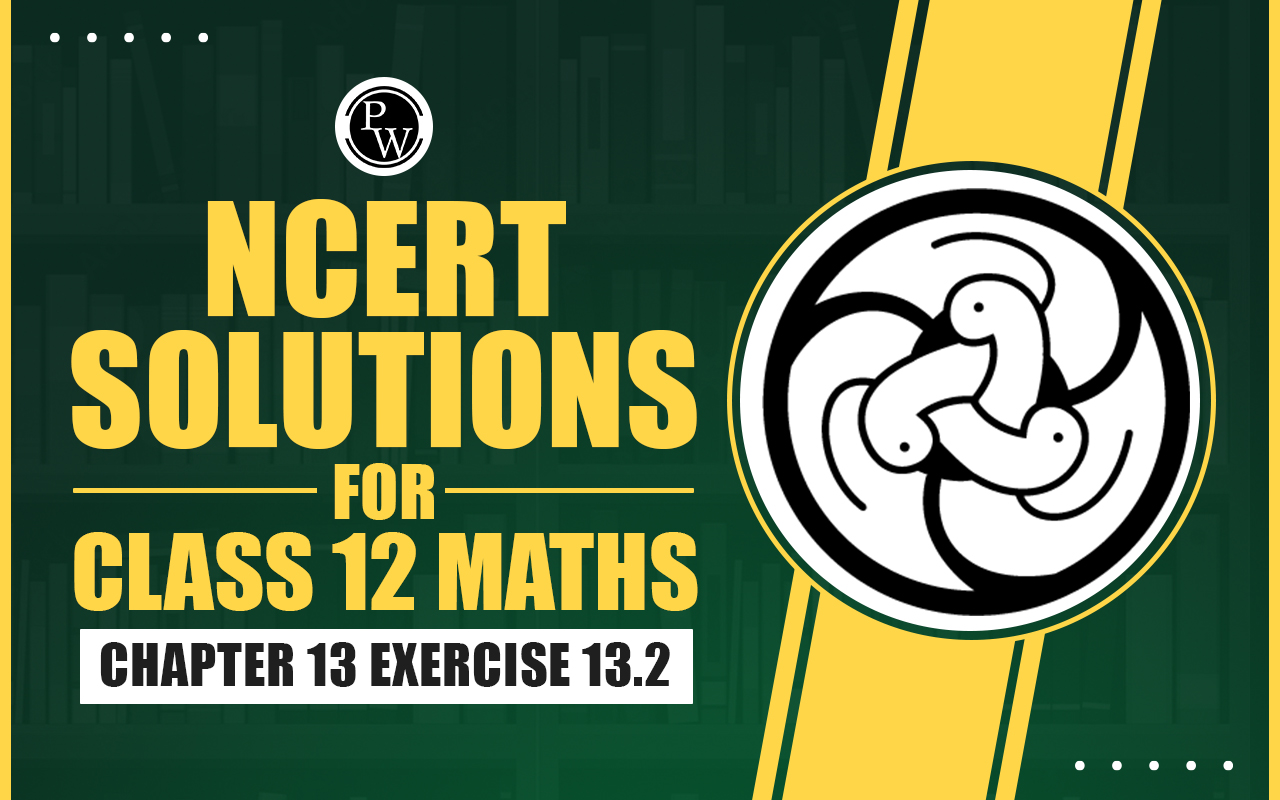
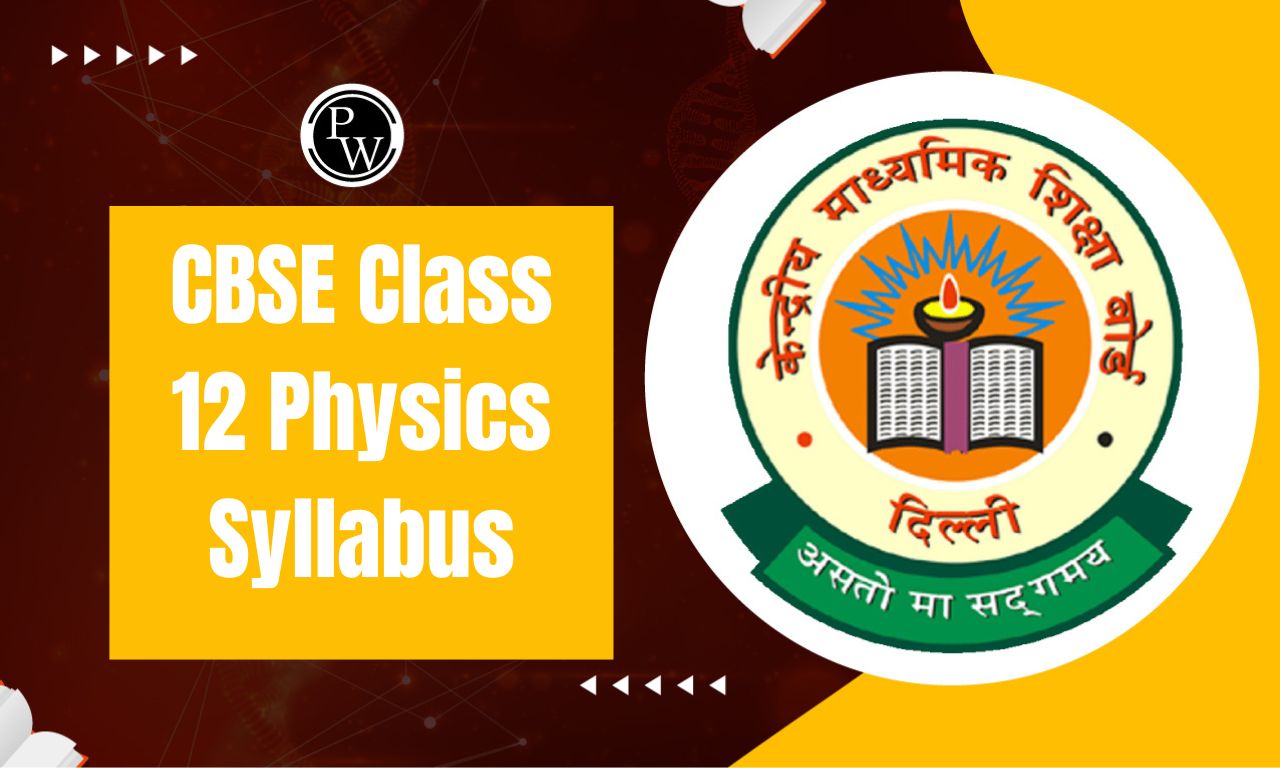
CBSE Class 12 Physics Syllabus: The Central Board of Secondary Education has released the CBSE Class 12 Physics syllabus, detailing all subjects, chapters, and units. The Physics syllabus class 12 CBSE includes units such as Electrostatics, Current Electricity, Magnetic Effects of Current and Magnetism, among others.
CBSE Class 12 Physics Syllabus balances theory and practical work, allocating 70 marks for theory and 30 for practicals. Understanding the syllabus comprehensively helps students understand key physics concepts critical for their academic progress.
NCERT Solutions For Class 12 Physics
CBSE Class 12 Physics Syllabus Overview
The Central Board of Secondary Education (CBSE) has released the Syllabus of Physics Class 12 CBSE 2025-26 to guide students and educators for the upcoming 2025-26 session. The table below summarizes the key particulars for the Physics Syllabus Class 12 CBSE 2025-26, providing a quick reference for students:
| CBSE Class 12 Physics Syllabus Overview | |
| Particulars | Details |
| Board Name | Central Board of Secondary Examination |
| Class | 12 |
| Subject | Physics |
| Subject Code | 042 |
| Total Marks | 100 |
| Theory Marks | 70 |
| Project Marks | 30 |
| Exam Duration | 3 Hours |
| Total Sections | 2 Sections (Theory & Internal) |
| Official Website | https://www.cbse.gov.in |
Chapter-Wise CBSE Class 12 Physics Syllabus
CBSE Class 12 Physics syllabus is organized chapter-wise into nine comprehensive units, covering essential areas such as Electrostatics, Current Electricity, Magnetism, Electromagnetic Induction, and Optics. Each chapter focuses on fundamental concepts alongside practical applications, ensuring students develop a strong conceptual understanding.
The chapter-wise syllabus of Physics class 12 CBSE 2025-26 is mentioned below:
| Unit I: Electrostatics |
| Chapter–1: Electric Charges and Fields Electric charges, Conservation of charge, Coulomb's law, force between two-point charges, forces between multiple charges, superposition principle, and continuous charge distribution. Electric field, electric field due to a point charge, electric field lines, electric dipole, electric field due to a dipole, torque on a dipole in a uniform electric field. Electric flux, statement of Gauss's theorem, and its applications to find field due to infinitely long straight wire, uniformly charged infinite plane sheet, and a uniformly charged thin spherical shell (field inside and outside). Chapter–2: Electrostatic Potential and Capacitance Electric potential, potential difference, electric potential due to a point charge, a dipole and system of charges; equipotential surfaces, electrical potential energy of a system of two-point charges, and of electric dipole in an electrostatic field. Conductors and insulators, free charges and bound charges inside a conductor. Dielectrics and electric polarization, capacitors and capacitance, combination of capacitors in series and in parallel, capacitance of a parallel plate capacitor with and without dielectric medium between the plates, energy stored in a capacitor (no derivation, formulae only). |
| Unit II: Current Electricity |
| Chapter–3: Current Electricity Electric current, flow of electric charges in a metallic conductor, drift velocity, mobility and their relation with electric current; Ohm's law, V-I characteristics (linear and non-linear), electrical energy and power, electrical resistivity and conductivity, temperature dependence of resistance, Internal resistance of a cell, potential difference and emf of a cell, combination of cells in series and in parallel, Kirchhoff's rules, Wheatstone bridge. |
| Unit III: Magnetic Effects of Current and Magnetism |
| Chapter–4: Moving Charges and Magnetism Concept of magnetic field, Oersted's experiment. Biot - Savart law and its application to the current carrying circular loop. Ampere's law and its applications to infinitely long straight wire. Straight solenoid (only qualitative treatment), force on a moving charge in uniform magnetic and electric fields. Force on a current-carrying conductor in a uniform magnetic field, force between two parallel current-carrying conductors-definition of ampere, torque experienced by a current loop in uniform magnetic field; Current loop as a magnetic dipole and its magnetic dipole moment, moving coil galvanometer- its current sensitivity and conversion to ammeter and voltmeter. Chapter–5: Magnetism and Matter Bar magnet, bar magnet as an equivalent solenoid (qualitative treatment only), magnetic field intensity due to a magnetic dipole (bar magnet) along its axis and perpendicular to its axis (qualitative treatment only), torque on a magnetic dipole (bar magnet) in a uniform magnetic field (qualitative treatment only), magnetic field lines. Magnetic properties of materials- Para-, dia- and ferro – magnetic substances with examples, Magnetization of materials, effect of temperature on magnetic properties. |
| Unit IV: Electromagnetic Induction and Alternating Currents |
| Chapter–6: Electromagnetic Induction Electromagnetic induction; Faraday's laws, induced EMF and current; Lenz's Law, Self and mutual induction. Chapter–7: Alternating Current Alternating currents, peak and RMS value of alternating current/voltage; reactance and impedance; LCR series circuit (phasors only), resonance, power in AC circuits, power factor, wattless current. AC generator, Transformer. |
| Unit V: Electromagnetic waves |
| Chapter–8: Electromagnetic Waves Basic idea of displacement current, Electromagnetic waves, their characteristics, their transverse nature (qualitative idea only). Electromagnetic spectrum (radio waves, microwaves, infrared, visible, ultraviolet, X-rays, gamma rays), including elementary facts about their uses. |
| Unit VI: Optics |
Chapter–9: Ray Optics and Optical Instruments
|
| Unit VII: Dual Nature of Radiation and Matter |
| Chapter–11: Dual Nature of Radiation and Matter Dual nature of radiation, Photoelectric effect, Hertz and Lenard's observations; Einstein's photoelectric equation-particle nature of light. Experimental study of photoelectric effect, Matter waves-wave nature of particles, de-Broglie relation. |
| Unit VIII: Atoms and Nuclei |
| Chapter–12: Atoms Alpha-particle scattering experiment; Rutherford's model of atom; Bohr model of hydrogen atom, Expression for radius of nth possible orbit, velocity and energy of electron in nth orbit, hydrogen line spectra (qualitative treatment only). Chapter–13: Nuclei Composition and size of nucleus, nuclear force Mass-energy relation, mass defect; binding energy per nucleon and its variation with mass number; nuclear fission, nuclear fusion. |
| Unit IX: Electronic Devices |
| Chapter–14: Semiconductor Electronics: Materials, Devices, and Simple Circuits Energy bands in conductors, semiconductors, and insulators (qualitative ideas only) Intrinsic and extrinsic semiconductors- p and n type, p-n junction Semiconductor diode - I-V characteristics in forward and reverse bias, application of junction diode -diode as a rectifier. |
CBSE Class 12 Physics Syllabus: Experiments for Practicals
The CBSE Class 12 Physics practical syllabus includes a structured set of experiments, activities, and investigatory projects designed to develop hands-on skills and deepen theoretical understanding. This practical component carries 30 marks, playing a crucial role in the overall assessment.
Given below are the section-wise experiments included in the CBSE Class 12 Physics Syllabus:
| CBSE Class 12 Physics Syllabus: Experiments for Practicals | |
| Section A | |
| S.NO. | Experiments |
| 1 | To determine resistivity of two / three wires by plotting a graph for potential differenceversus current. |
| 2. | To find resistance of a given wire / standard resistor using metre bridge. |
| 3. | To verify the laws of combination (series) of resistances using a metre bridge.ORTo verify the laws of combination (parallel) of resistances using a metre bridge. |
| 4. | To determine resistance of a galvanometer by half-deflection method and to find its figure of merit. |
| 5. | To convert the given galvanometer (of known resistance and figure of merit) into a voltmeter of the desired range and to verify the same.ORTo convert the given galvanometer (of known resistance and figure of merit) into an ammeter of the desired range and to verify the same. |
| 6. | To draw the diagram of a given open circuit comprising at least a battery,resistor/rheostat, key, ammeter and voltmeter. Mark the components that are notconnected in proper order and correct the circuit and also the circuit diagram. |
| Section B | |
| 1. | To find the value of v for different values of u in case of a concave mirror and to find the focal length. |
| 2. | To find the focal length of a convex mirror, using a convex lens. |
| 3. | To find the focal length of a convex lens by plotting graphs between u and v or between 1/u and 1/v. |
| 4. | To find the focal length of a concave lens, using a convex lens. |
| 5. | To determine angle of minimum deviation for a given prism by plotting a graph between the angle of incidence and the angle of deviation. |
| 6. | To determine the refractive index of a glass slab using a travelling microscope. |
| 7. | To find the refractive index of a liquid using a convex lens and a plane mirror. |
| 8. | To find the refractive index of a liquid using a concave mirror and a plane mirror. |
| 9. | To draw the I-V characteristic curve for a p-n junction diode in forward and reverse bias. |
Physics Deleted Syllabus Class 12 CBSE 2025-26
The CBSE Class 12 Physics syllabus for 2025-26 has undergone some deletions to streamline the curriculum and reduce the workload for students. Several topics across chapters, such as Current Electricity, Magnetism, Electromagnetic Induction, Wave Optics, and Nuclear Physics, have been removed. Students are advised to refer to the latest syllabus updates to ensure they concentrate on the relevant portions for preparation. Here is the summary of the Physics Deleted Syllabus Class 12 CBSE.
1. Current Electricity (Chapter 3)
- Electrical resistance, Carbon resistors, and the colour code for carbon resistors.
- Meter bridge and Potentiometer (principle, applications, and measurement of internal resistance of a cell).
2. Magnetism and Matter (Chapter 5)
- Details on Earth's magnetism and hysteresis.
- Magnetisation of magnetic materials, Magnetic field lines.
3. Electromagnetic Induction & Alternating Current (Chapters 6 & 7)
- Qualitative analysis of the AC generator and the power factor.
- LC Oscillations.
4. Electromagnetic Waves (Chapter 8)
- Qualitative analysis of the transverse nature of electromagnetic waves, with the derivation of the same removed.
5. Ray Optics and Optical Instruments (Chapter 9)
- Scattering of light, blue color of the sky, and the reddish appearance of the sun at sunrise and sunset.
6. Wave Optics (Chapter 10)
- Polarisation of light, including Brewster's Law and its applications.
- Resolving power of microscopes and astronomical telescopes.
7. Dual Nature of Radiation and Matter (Chapter 11)
- Detailed experimental study of the photoelectric effect.
- Davisson-Germer experiment.
8. Atoms and Nuclei (Chapter 12 & 13)
- Derivation of Bohr's Model and Spectral Series.
- Details of radioactive decay and properties of alpha, beta, and gamma particles.
CBSE Class 12 Marking Scheme and Exam Pattern 2025-26
The marking scheme for the 2025-26 board exams outlines how marks are distributed between theory papers and internal assessments. Understanding this pattern helps students prioritize their study efforts
The table below provides the general marking breakdown for most academic subjects in Class 12.
| CBSE Class 12 Marking Scheme and Exam Pattern 2025-26 | |||
| Subject | Theory Marks | Internal/Practical Assessment | Total Marks |
| Core Subjects (Science/Commerce/Humanities) | 70 | 30 | 100 |
CBSE Class 12 Physics Syllabus: Preparation Books
Selecting the right books aligned with the 2025-26 syllabus is crucial. The NCERT textbooks remain the primary resource, offering clear explanations and a complete coverage of prescribed topics. Here is the list of NCERT Books to refer to while covering the CBSE Class 12 Physics Syllabus.
- Physics, Class XI, Part I and II, Published by NCERT
- Physics, Class XII, Part I and II, Published by NCERT
- Laboratory Manual of Physics for class XII, published by NCERT
- The list of other related books and manuals brought out by NCERT
CBSE Class 12 Physics Syllabus PDF
Download the official CBSE Class 12 Physics Syllabus PDF from the link provided below. Candidates can plan their study schedule effectively and prioritize important chapters to maximize exam preparation with the help of the PDF. The PDF also includes details on practical assessments, marking schemes, and reduced syllabus portions, which aid focused and efficient revision
Do you need help with your homework or preparing for exams?
Study without using the internet
CBSE Class 12 Physics Syllabus FAQs
What are the main units in the CBSE Class 12 Physics syllabus?
How many chapters are there in Class 12 Physics?
What is the total mark distribution for theory and practical exams?
Are there any chapters deleted from this year's syllabus?
Does the syllabus include practical experiments?




